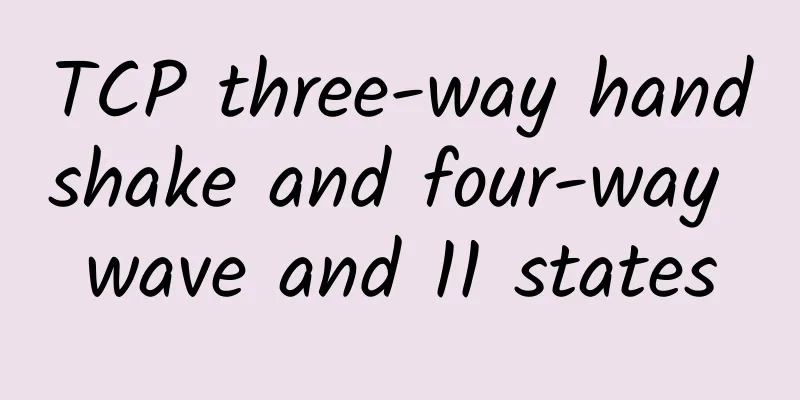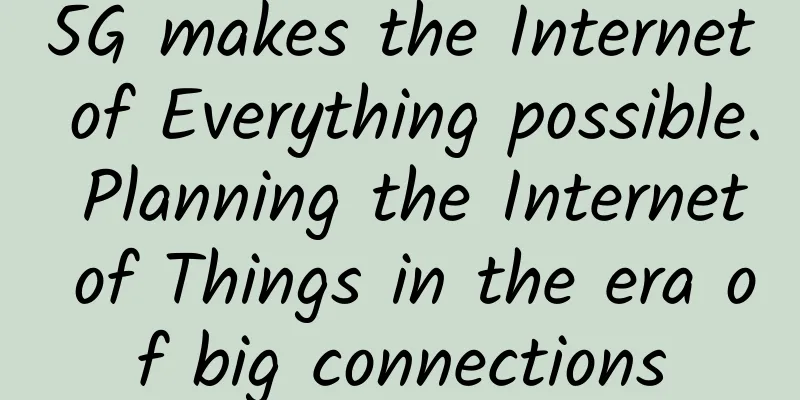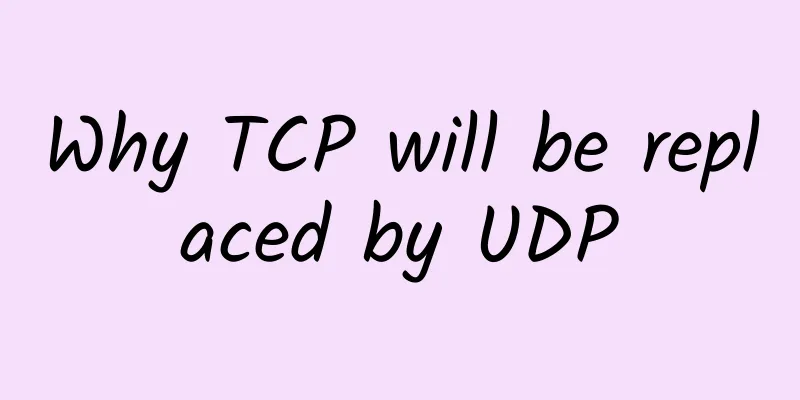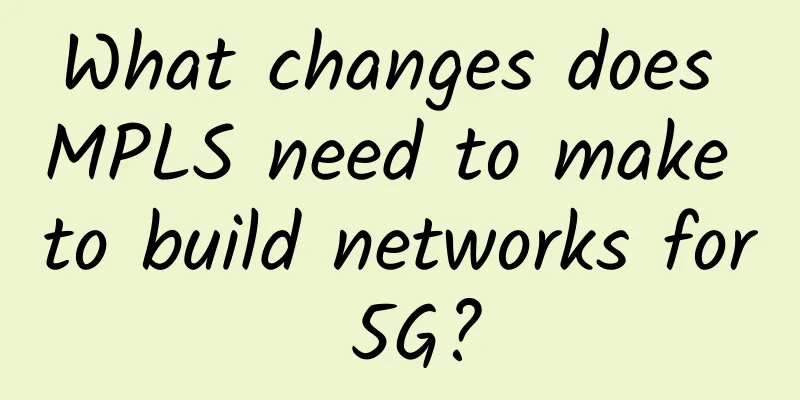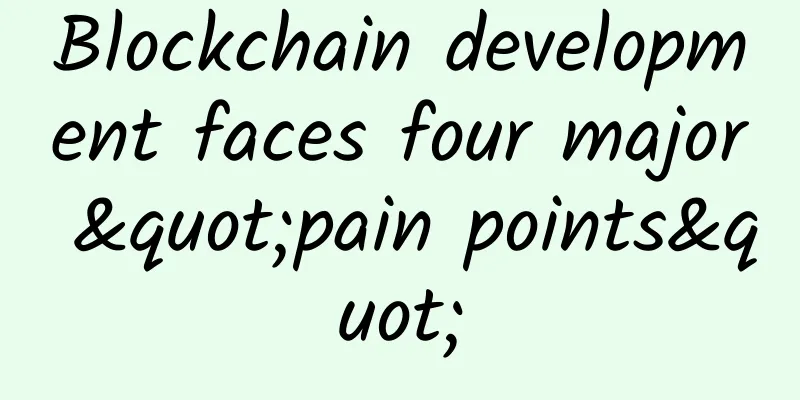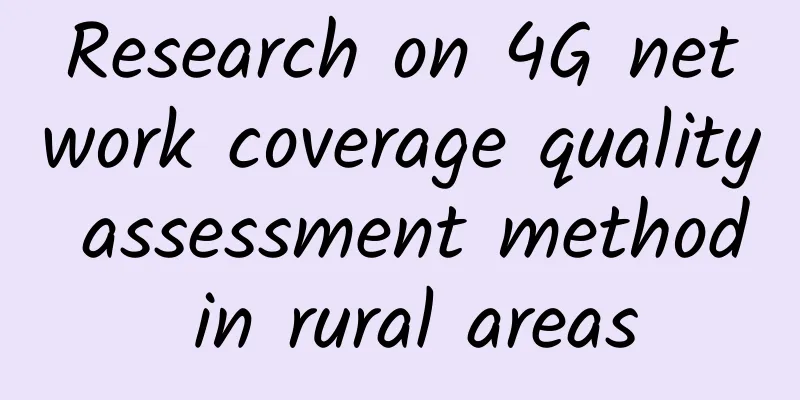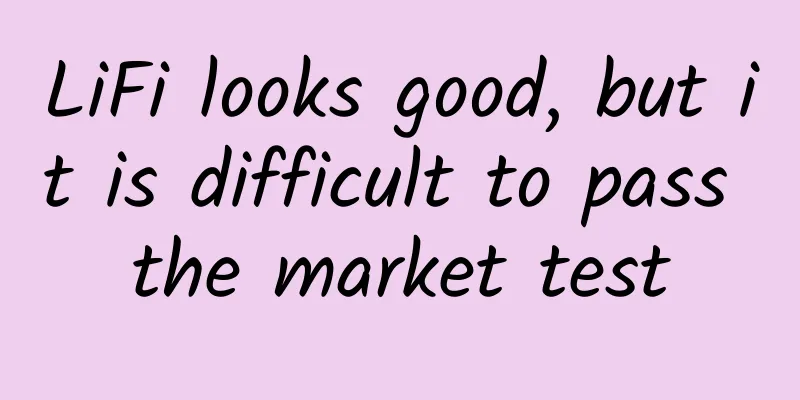Sparks from blockchain and the Internet of Things
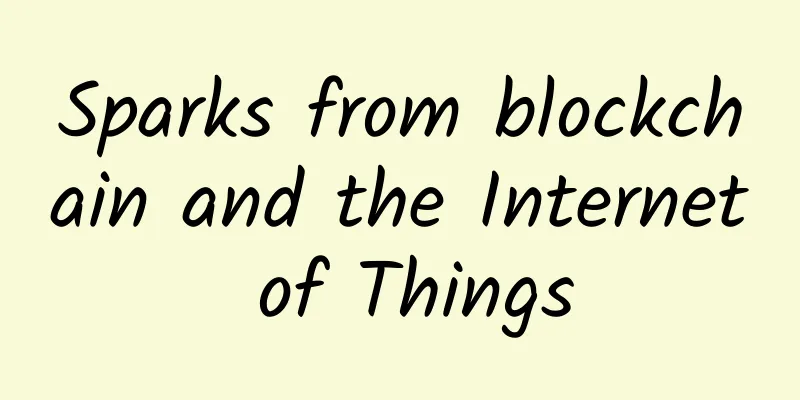
|
The Internet of Things is the application that is most closely connected with blockchain in the non-financial field. If the characteristics and advantages of blockchain are combined with the Internet of Things, the authenticity of the device network can be guaranteed, the system speed can be improved, and some complicated links can be saved. Blockchain affects all aspects of enterprise operations and strategies, such as business models, logistics, supply chains, and customer relationships. It is the most influential of all emerging disruptive technologies and will focus on penetrating the Internet of Things. So what is the Internet of Things? It is an important part of the new generation of information technology and an important development stage in the "informatization" era. The Internet of Things is the Internet that connects everything. The user end extends and expands to any object to exchange information and communicate, that is, everything communicates with each other. The Internet of Things can improve the efficiency of resource utilization and save people's time. With the development of information technology, low-cost information devices have entered thousands of households, and the number of devices connected to the Internet has increased exponentially. The current IoT ecosystem relies on a centralized proxy communication model. With the continuous evolution of low-power wide-area technology, when the number of IoT devices increases to tens of billions, a large amount of communication information will be generated, and the cost of centralized services will be unaffordable.
Blockchain, with its characteristics of decentralization, openness, transparency, secure communication, and difficulty in tampering, provides the Internet of Things with a direct interconnection method to transmit data, thus reducing the high operation and maintenance costs of the centralized architecture. On the other hand, the security of the Internet of Things is flawed. There is a lack of mutual trust mechanism between devices. All devices need to verify the data with the Internet of Things center. Once the database collapses, it will cause damage to the entire Internet of Things. The distributed network structure of blockchain can provide a mechanism to maintain consensus between devices without the need for verification with the center. In this way, even if one or more nodes are compromised, the data of the overall network system can still operate reliably and securely. IoT applications in the context of blockchain Case 1 German startup Slock.it uses blockchain technology and smart locks combined with the Internet of Things. The holder can set up smart contracts, deposits and fees in advance, and then share assets, rent or sell them. After paying the relevant amount, the user can unlock the lock and use it. Case 2 Connected cars have turned vehicles into huge smart applications, with automated car navigation, roadside assistance, etc. being enhanced year by year. Blockchain will use digital networks to track these devices, enabling inter-vehicle communication and automatic tracking of insurance terms, annual vehicle inspections, etc. The Internet of Things covers a wide range of technologies and has a variety of applications. It is still in the early stages of development from exploration to testing. Various technologies that help implement related applications will be proposed one after another, providing a feasible development direction for related industries. |
>>: Difficulties and solutions faced by ONOS dynamic expansion
Recommend
Distributed current limiting, everything you want to know is here
Preface In a high-concurrency system, it is very ...
Understand the HTTP request process in one article. If you don't believe it, you still don't know it
Prerequisites OSI architecture TCP/IP related pro...
[Black Friday] CMIVPS: 50% off on all VPS annual payments, 30% off on top-up
CMIVPS has launched its last big promotion this y...
edgeNAT VPS/dedicated servers are 20% off for monthly payment and 30% off for annual payment. Hong Kong VPS bandwidth upgrade price remains unchanged
edgeNAT is a Chinese host provider established in...
"Hyper-converged Data Center Network Lossless Ethernet Scenario Level Evaluation Specification" released, Huawei is the first to complete the evaluation
The "2021 Open Data Center Summit" was ...
How to prioritize application security? F5 will make a grand appearance at the Beijing Cybersecurity Conference
During the "2019 Beijing Internet Security C...
Sharktech: Los Angeles high-defense 1Gbps unlimited traffic server $59/month, E5 high-defense 1Gbps unlimited traffic server $99/month
Sharktech is an old computer room established in ...
What is the difference between localhost and 127.0.0.1? Do you know?
When front-end developers are debugging locally, ...
Two years after the license was issued, what progress has been made in my country’s 5G development?
Since the Ministry of Industry and Information Te...
Insider information revealed! What magical operations did the operators' employees use to boost their performance at the end of the year?
According to the data of "Economic Operation...
Cloud-based assembly line, one-click construction is no longer a dream!
In December, the Software Development Cloud launc...
What factors determine the price of HTTPS certificates?
In the era of big data, when information is trans...
Will an Ethernet splitter reduce my internet speed?
This article provides a detailed summary of Ether...
my country will start deploying and building IPv6 address projects in 2017
[[181003]] A reporter from the Economic Informati...
SoftShellWeb: Taiwan (Taipei) VPS starts at $49 per year, Netherlands VPS starts at $24 per year
SoftShellWeb is a foreign hosting company establi...

